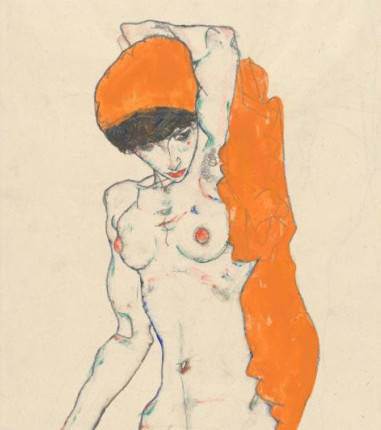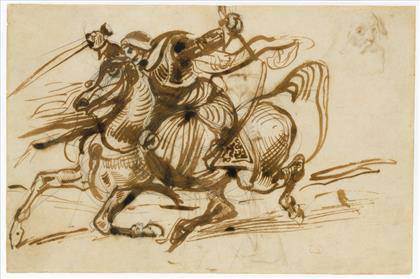
Monument to the Battle of Sutjeska, image © MoMA.
‘Architecture in Yugoslavia, 1948–1980’ at MoMA The Museum of Modern Art explores the architecture of the former Yugoslavia with ‘Toward a Concrete Utopia: Architecture in Yugoslavia, 1948–1980’, the first major US exhibition to study this remarkable body of work. July 15, 2018 – January 13, 2019.]]>
Source: MoMA
The exhibition includes more than 400 drawings, models, photographs, and film reels culled from an array of municipal archives, family-held collections, and museums across the region, introducing the exceptional built work of socialist Yugoslavia’s leading architects to an international audience for the first time.
The architecture that emerged during this period—from International Style skyscrapers to Brutalist “social condensers”—is a manifestation of the radical pluralism, hybridity, and idealism that characterized the Yugoslav state itself. Exploring themes of large-scale urbanization, technological experimentation and its application in everyday life, consumerism, monuments and memorialization, and the global reach of Yugoslav architecture, “Toward a Concrete Utopia” features work by important architects, including Bogdan Bogdanović, Juraj Neidhardt, Svetlana Kana Radević, Edvard Ravnikar, Vjenceslav Richter, and Milica Šterić.
From the sculptural interior of the White Mosque in rural Bosnia, to the post-earthquake reconstruction of the city of Skopje based on Kenzo Tange’s Metabolist design, to the new town of New Belgrade with its expressive large-scale housing blocks and civic buildings, the exhibition examines the unique range of forms and modes of production in Yugoslav architecture and its distinct yet multifaceted character.
Related content
‘Projects 107: Lone Wolf Recital Corps’ at MoMA (exhibition, 2017)
Follow us on:


